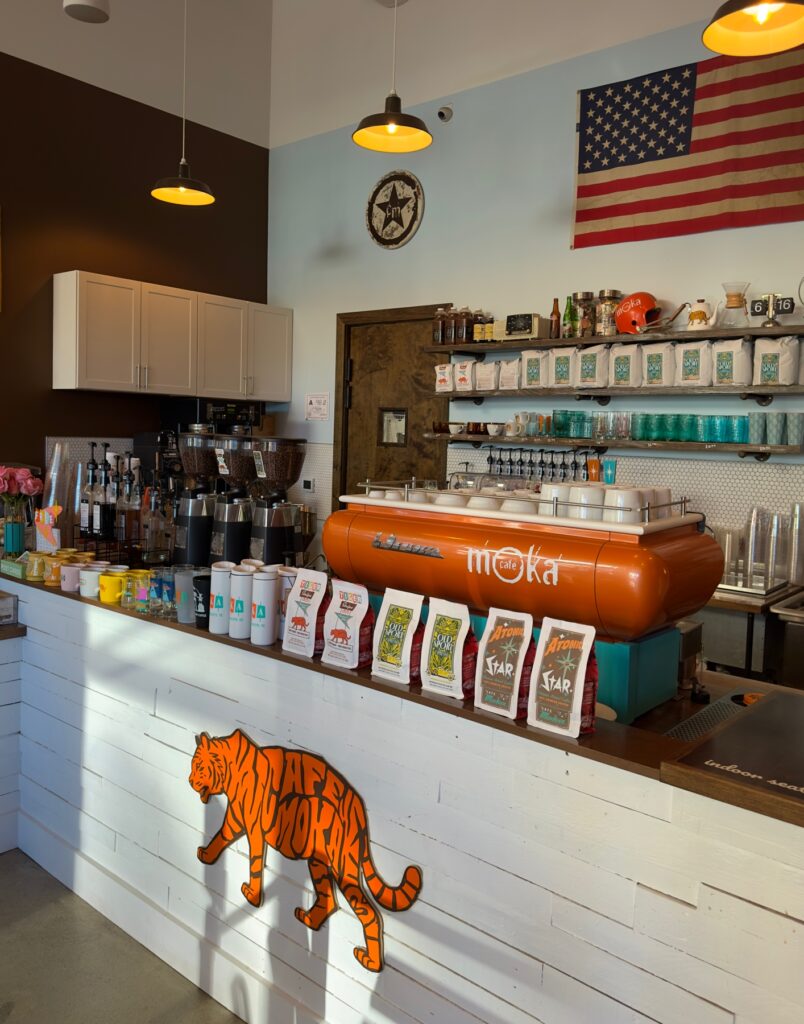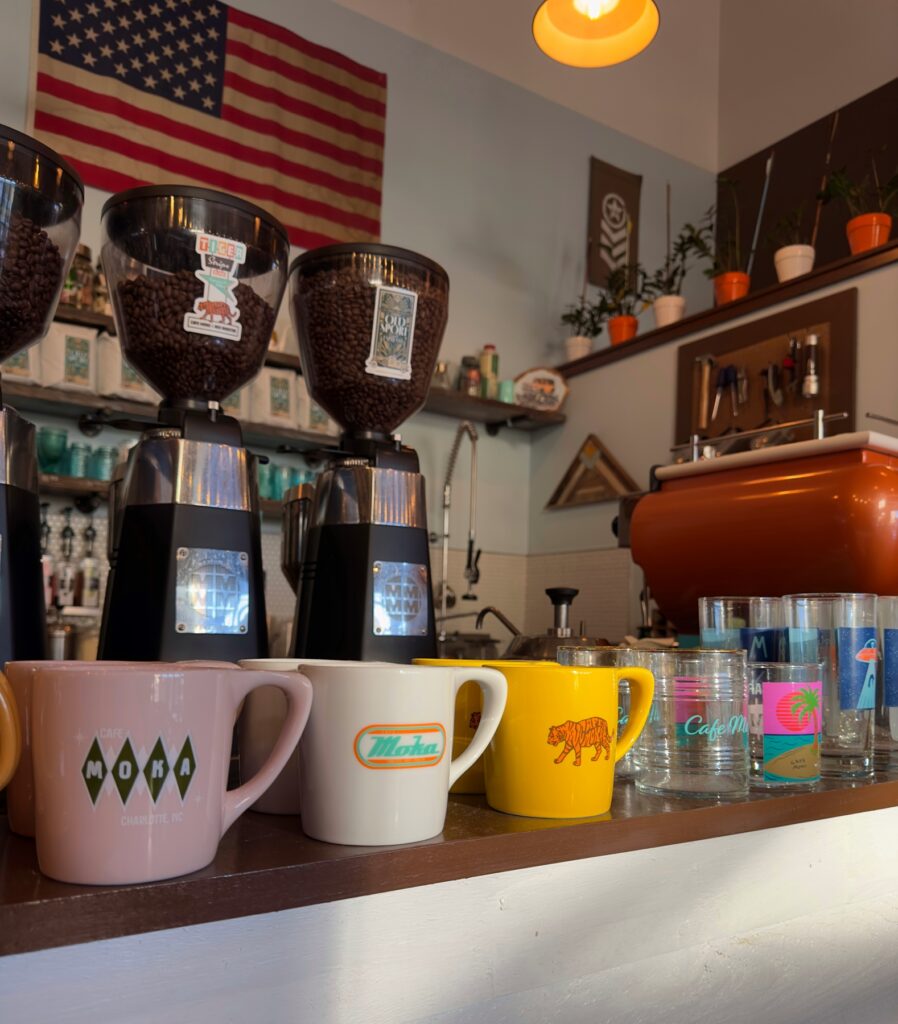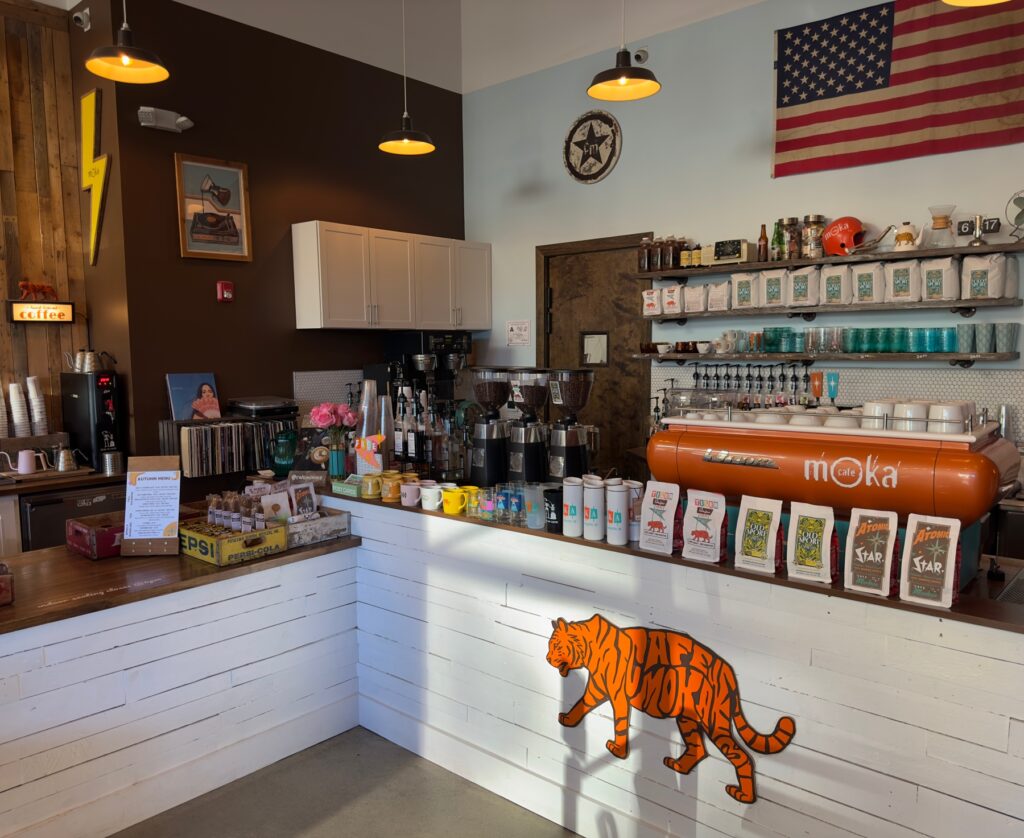Pricing your menu is tricky. It can be intimidating to set a value on a menu item while not knowing how customers will respond, but pricing doesn’t have to be a shot in the dark. There are many factors to consider when determining how much to charge for each menu item.
Café owners must consider all costs associated with conducting business, such as food costs, labor, competitors, profits, and overhead. So, how do successful cafés set their prices?
Find The Profit Margin
The first step to setting your menu prices is calculating a minimum profit margin for what you sell, says Roark Basham of Cafe Moka, a coffeehouse located in Charlotte, N.C., and Virginia Beach, Va.
“Your margin is what pays for everything beyond the cost of those goods, including rent, labor, insurance, marketing, and utilities. So each item on your menu needs to be at that threshold or higher,” Basham explains.
Tracking your profit margin is key to understanding your café’s performance. A common mistake that new business owners make is focusing on overall revenue rather than profits. While they’re both crucial metrics that deal with money, they’re not the same.
Revenue represents the total income that a company brings in through sales, while profit is what’s left over after expenses. Profitability makes or breaks a business—because a cafe can earn revenue and still operate at a loss.
The profit margin is a percentage that reflects the total revenue minus the operational costs of doing business.
To calculate profit margin, start by subtracting your direct expenses from your net revenue. Divide the resulting number by net revenue and multiply it by 100% to calculate the ratio representing your percentage.
For example, let’s say monthly sales total $20,000. If your expenses are $5,400 and your cost of goods sold totals $6,000, your net profit is $8,600. When you divide that difference by sales ($8,600 / $20,000 = 0.43) and multiply it by 100, you get 43 percent. That is your profit margin.
Simply put, the profit margin represents your bottom line, the difference between the income earned on a product and the expenses required to produce it. And because any sustainable business must make more than it spends, having healthy profit margins is essential to your café’s growth.
Basham recommends owners start by pricing out each beverage component, making sure to factor in expenses such as shipping costs or labor. After that, you can create a formula that you can use to price out each menu item, he adds. For instance, if it costs $2 to make a latte and your profit margin is 43%, you would price it at $4.65.
“Know exactly what it costs you to make a beverage, then apply your minimum margin percentage and see where that lands you. Will people pay that price? Is that price a good value for what you’re getting? Could you charge a little more? If so, go with it.”
Danny Tippit, co-owner of Dry Bones Mud House in Indianapolis, explains that calculating healthy margins is a balancing act between different food or beverage items.
He says the profit margins are much higher for items like a cup of black coffee than the margins on a breakfast sandwich.
“There is more room between what it costs for me to make a cup of coffee versus what it sells for. But coffee is also a very cheap menu item, so shops can’t live on just drip coffee alone—we have to sell higher dollar items too.”
Dry Bones Mud House also sells food, meaning Tippit factors additional food costs into the profit margins for his café’s beverages. Depending on how much it costs to make a drink and the labor involved, Tippit prices beverages at a markup of 40 to 50 percent.
When To Update Menu Prices
There is no one-size-fits-all answer to how frequently a café menu should change, yet business owners should revisit menus often enough to remain competitive and profitable.
For many cafés, menu prices have recently increased due to necessity. Tippit shares that while he doesn’t enjoy raising prices, it’s an inevitable decision to offset rising food, ingredient, and labor costs over time.
“As the pandemic hit, things changed. I was hit hard. My best days are just below my slowest days pre-pandemic, so changing my prices was justified knowing that business was going to be slow,” Tippit revealed.
Basham has also faced challenges with navigating menu prices in a shaky economy. He explains that during the first decade of business, leadership at Cafe Moka updated their menu annually, but today, they’re constantly adjusting to keep up with rising costs.
“Ever since the pandemic hit, we’ve been revisiting prices quarterly. Inflation keeps spiking at rapid rates, so it’s more critical than ever for you to be on top of what everything is actually costing you,” Basham shares.
Beyond that, supply chain issues have led to shortages that force business owners to switch to more expensive vendors. “You can no longer assume your profit margins are where you need them. You must be vigilant and look at every dollar,” he adds.
Basham also emphasizes the importance of tracking how inventory moves through your shop, which can vary depending on the season and your café location. “Certain items you want to deplete in inventory before the season shifts. Otherwise, demand drops, and you end up with expired products. Demand fluctuates depending on the weather,” he says.
To move old inventory, café owners might experiment with offering a bundle of several items together to help boost sales. For instance, you could offer a special that mixes low-selling things with more popular ones for one price.
Basham recommends doing a bi-weekly inventory count. “When a product is sitting, and you’re beginning to fight expiration dates, it’s time for it to move on. Waste is always a determining factor.”
Talk to Your Customers About Prices
Café owners cannot ignore increasing costs—and must raise their prices. But how do you raise prices without upsetting your customers?
Basham says that customers are usually accepting of menu pricing updates. “Most people understand what’s going on in our country. They know they’re paying more for everything and that a small business pays more for its products. It’s nice to have awesome customers that understand the situation we are all in,” he says.
Tippit says he added a note by the credit card processor to share his feelings about the most recent price increase with customers. He feels that communicating with customers in person helps them empathize with the impact of inflation on small businesses.
“It’s just about talking to the customers. I’m big on communicating verbally and face to face, so they understand.”
It’s not easy as a new business to work out costs, but making data-driven pricing decisions will help you engineer your café menu for profit. All in all, there are two ways to increase profit margin: by cutting back on expenses or by increasing revenue.
Rather than determining your menu prices by guesswork, figure out what you need to spend on food—and what you need to make to cover your business costs and generate a profit.
Photos courtesy of Café Moka.
Haley Greene is a freelance writer based in Honolulu, Hawaii. She frequently writes about food, coffee, and wellness. Connect with her at www.haleygreene.com.




















